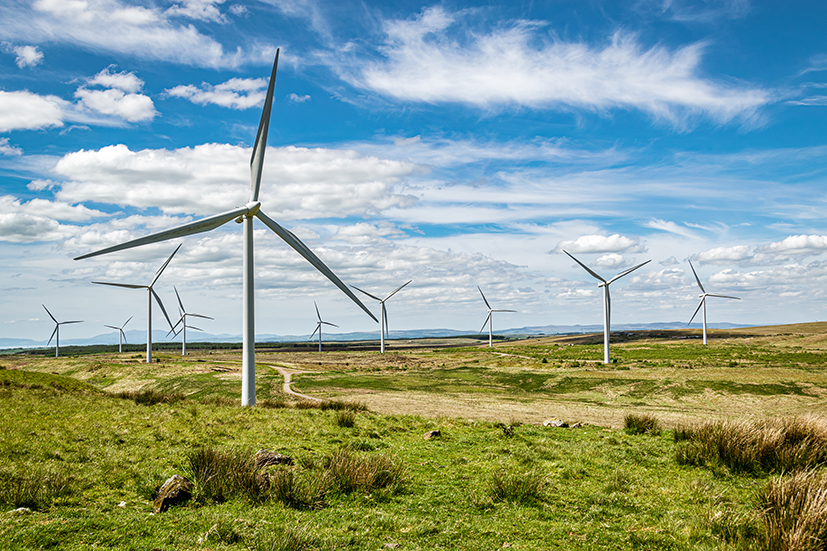The UK Government has announced plans to significantly expand onshore wind capacity, aiming to boost it from 14.8GW to 27-29GW by 2030. This initiative is a key part of the Government’s broader goal to transition to a cleaner energy system while stimulating economic growth, creating jobs, and reducing energy bills.
The strategy follows Labour’s decision to lift the ban on new onshore wind farms that was previously imposed by the Conservative government under David Cameron. With this policy shift, onshore wind is now placed on the same planning footing as offshore wind and nuclear, facilitating quicker project rollouts.
As part of the plan, the Government has outlined 40 actions to achieve its 2030 targets, including planning reforms, supply chain development, and workforce training. Additionally, the strategy includes repowering old turbines and addressing potential conflicts between onshore wind projects and aerospace infrastructure. The Government estimates the initiative will create up to 45,000 skilled jobs by the end of the decade.
Communities hosting wind farms will benefit from financial support for local projects, with a typical 25MW wind farm potentially generating £3.75 million in community funding over its 30-year operational life.
However, the plan has faced criticism from some quarters. Critics, including Conservative MPs, argue that it could drive up energy costs and increase reliance on imported energy from countries like China, particularly concerning wind turbine technology. Despite this, industry experts support the strategy, highlighting its potential to strengthen energy security and boost the UK’s clean energy credentials.



